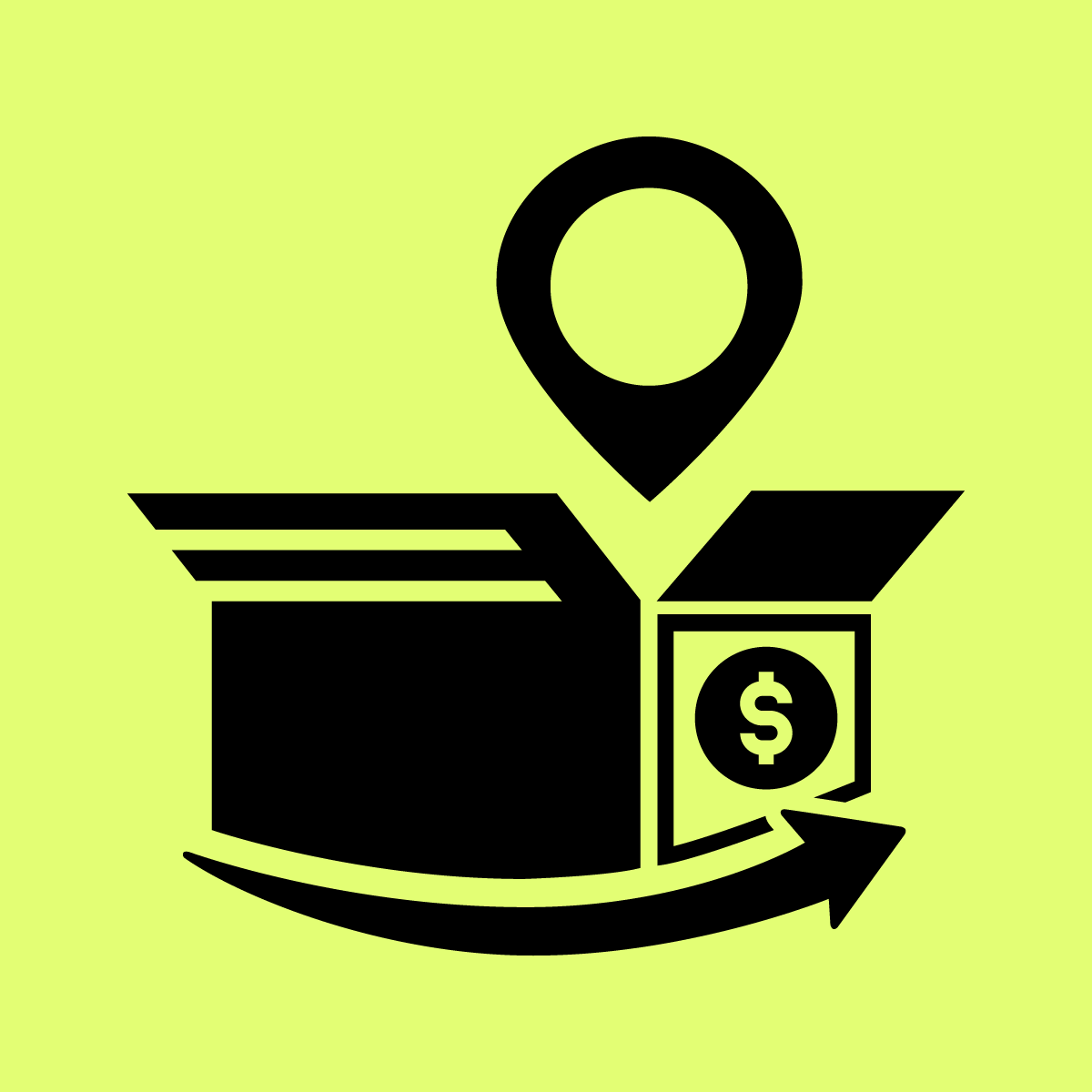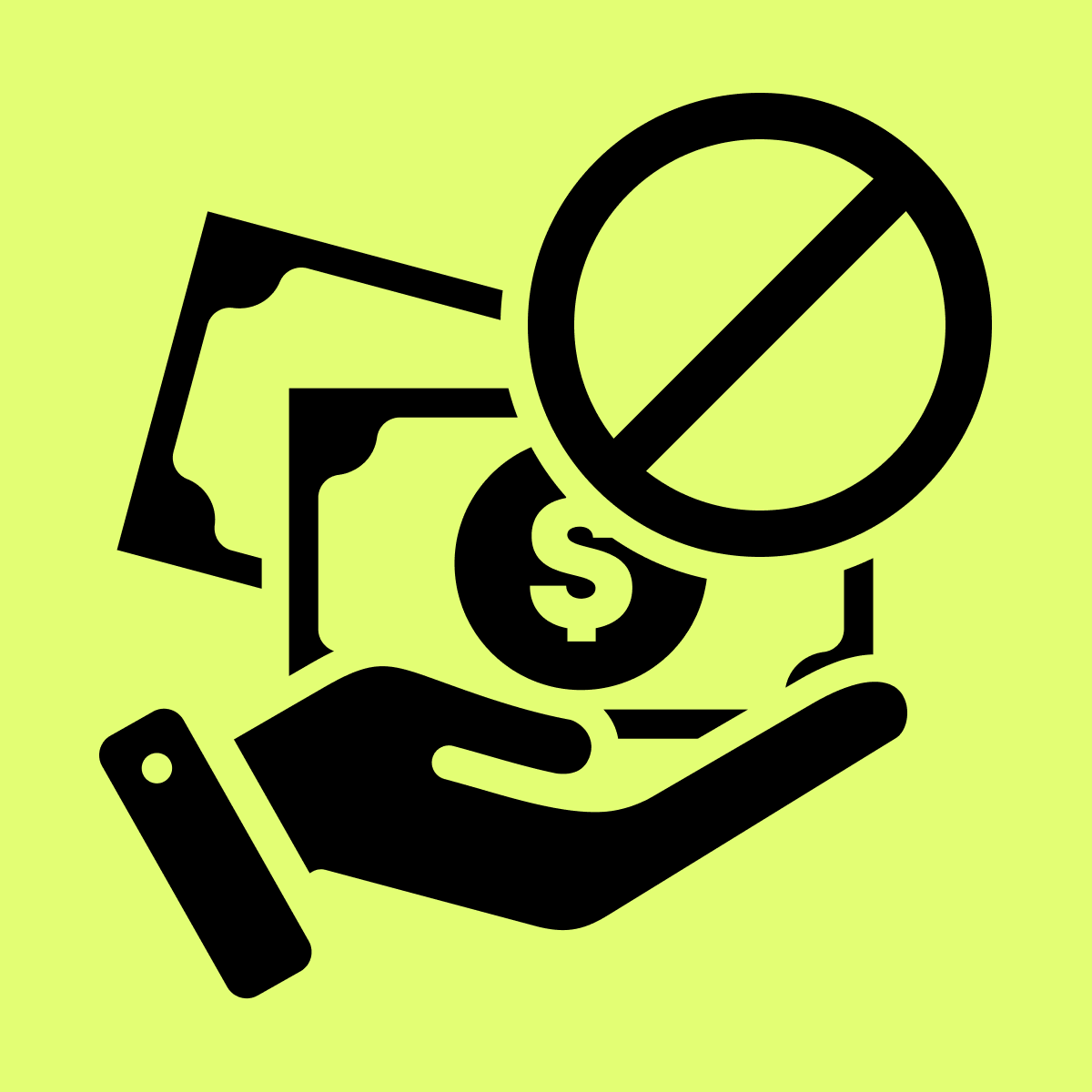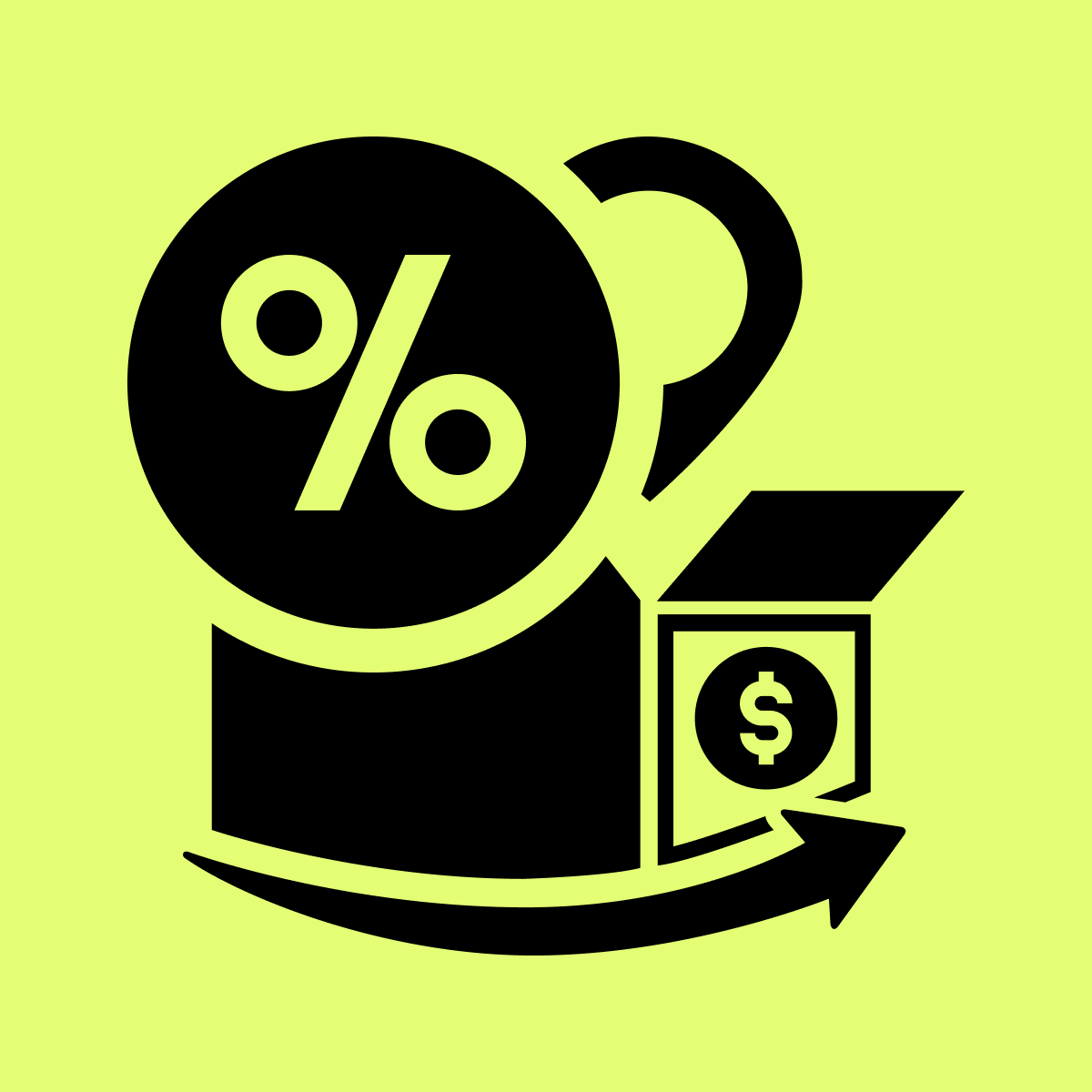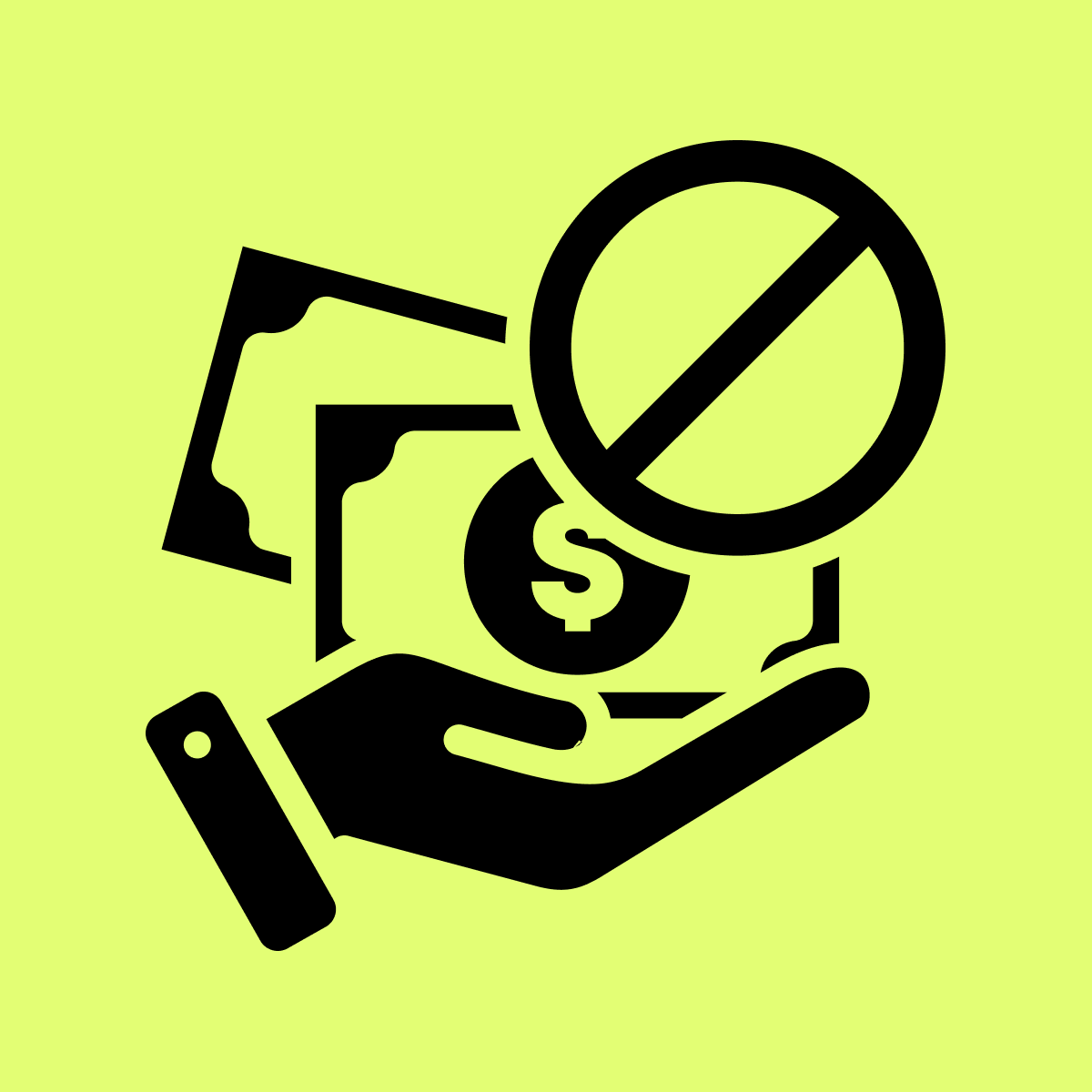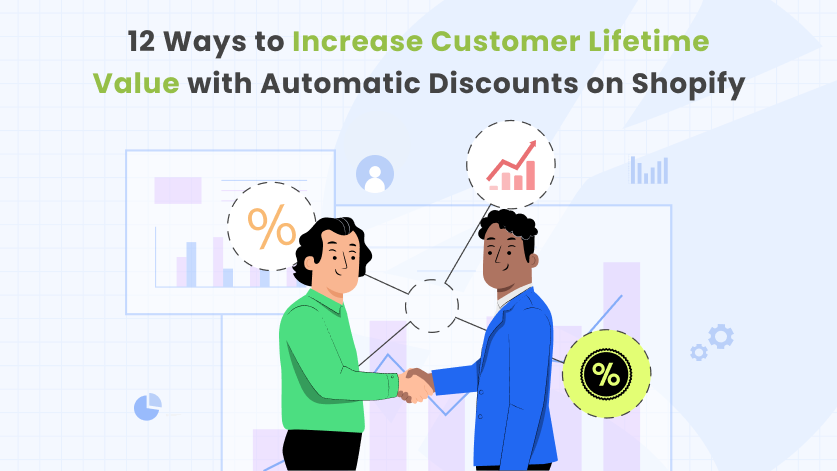Increasing customer lifetime value (CLV) is a crucial metric that directly impacts your business’s success. CLV represents the total revenue you can expect to generate from a single customer throughout their relationship with your brand.
By implementing effective strategies to increase customer lifetime value, you can foster customer loyalty, encourage repeat purchases, and ultimately increase your conversion rate and sales.
The automatic discounts app for Shopify offers a powerful tool to increase customer lifetime value and drive customer engagement. By leveraging automated discounts, you can personalize promotions, reward loyal customers, and increase repeat purchases.
This blog post drives into the 12 effective ways to utilize automatic discounts on Shopify and increase your customer lifetime value.
Why Increasing Customer Lifetime Value (CLV) is Important for Business Growth?
Understanding and actively working to increase customer lifetime value (CLV) is a crucial component of fostering business growth. This metric, which measures the net profit a company can derive from a customer over time, holds significant implications for strategic decision-making and resource allocation.
In the context of a SaaS service with monthly billing, the impact of a higher CLV becomes evident as it allows businesses to allocate more resources towards acquiring new users and retaining existing ones, thereby empowering sustainable growth.
There are some advantages for you to increase customer lifetime value:
- Empowering Resource Allocation: A higher CLV translates to increased revenue potential, enabling companies to allocate more resources to acquire and retain customers effectively.
- Strategic Long-Term View: CLV serves as a strategic compass, offering a long-term perspective on customer relations. This is particularly valuable for predicting future revenue and making informed decisions amid economic uncertainties.
- Critical Role in Retail and eCommerce: CLV is a crucial metric for businesses in the retail and eCommerce sectors, especially when evaluating the economic value of customers engaging in repeated transactions over time.
- Repeat Transactions Impact: While a single purchase may have a lower customer value, repeated transactions contribute significantly to a customer’s lifetime value.
- Predictability with CLV: CLV provides businesses with predictability, offering a long-term view of customer relations that is useful in forecasting future revenue.
- Strategic Shift to Retention: In response to economic circumstances, businesses are strategically shifting their strategies from acquisition to retention, emphasizing the importance of CLV in sustaining growth.
- Correlation with Customer Satisfaction: Increasing CLV involves recognizing the direct correlation between customer satisfaction and loyalty.
- Investing in Customer Service: Investing in improved customer service ensures repeat business and cultivates a positive customer experience.
- Strategic Emphasis on Customer Retention: Businesses are strategically prioritizing customer retention, aligning with the proven benefits of CLV in terms of predictability and profitability.
- Efficient Resource Allocation: CLV helps businesses identify more profitable customer segments, enabling the creation of targeted marketing campaigns and attracting higher-value customers.
In essence, the quest to increase customer lifetime value is not just a metric-driven pursuit; it’s a holistic strategy for sustainable and thriving business growth.
How to Increase Customer Lifetime Value with Automatic Discounts?
Strategically employing automatic discounts can prove instrumental in not only attracting but also retaining customers, thereby enhancing the coveted metric of how to increase CLV.
As stated above, customer lifetime value represents the total net profit a business can derive from a customer over their entire relationship.
Here are 12 effective ways to increase customer lifetime value with automatic discounts.
1. Offer Welcome Discounts to New Customers:
The first impression is the last impression, which is critical for every eCommerce business. It also sets the tone for the entire customer journey. Welcoming new customers with open arms and an appealing offer is a long-term strategy that pays off.
Automatic welcome discounts not only attract first-time buyers but also build long-term relationships with that business.
How to Implement Welcome Discounts Effectively:
1. Personalized Greetings:
Begin the customer journey with a personalized touch. Use the customer’s name in your welcome message and express gratitude for choosing your store. This creates a sense of importance and sets a positive tone.
2. Time-Sensitive Offers:
Create a sense of urgency by making the welcome discount time-sensitive. For example, offer a limited-time discount for the first 48 hours after registration. This encourages swift action and prompts new customers to make their first purchase sooner rather than later.
3. Tiered Discounts for First Purchases:
Consider implementing tiered discounts based on the average order value. This strategy not only motivates customers to explore more products but also increases the average order value, contributing to a higher customer lifetime value.
4. Seamless Integration with Sign-Up:
Streamline the process by automatically applying the welcome discount during the checkout process. This ensures a hassle-free experience for new customers and eliminates the need for manual coupon code entry.
Benefits of Offering Welcome Discounts to New Discounts:
1. Encourages Initial Purchase:
New customers are more likely to make their first purchase when greeted with a welcome discount. This initial transaction marks the beginning of their journey with your brand.
2. Builds Brand Loyalty:
You can build customer loyalty by providing a positive first experience. Customers who are treated with respect from the beginning of the journey are more likely to return for future purchases.
3. Data Collection Opportunity:
Use the sign-up process to collect valuable customer information. This data can be used to personalize future interactions and marketing efforts, contributing to a more targeted approach.
2. Use Discounts to Upsell and Cross-Sell:
Maximizing the value of each customer transaction is a key strategy for increasing customer lifetime value. One effective way to achieve this is by leveraging discounts to encourage upselling and cross-selling. This approach not only increases the average order value but also enhances the overall shopping experience for your customers.
How to Implement Discounts for Upselling and Cross-Selling:
1. Bundle Offers:
Create enticing bundle offers where customers can purchase related products together at a discounted price. For example, if a customer is buying a camera, offer a discounted bundle that includes additional lenses or accessories.
2. Tiered Discounts Based on Spending Thresholds:
Implement tiered discounts that kick in when customers reach specific spending thresholds. This encourages customers to add more items to their cart to unlock higher discounts.
3. Limited-Time Upsell Discounts:
Introduce time-sensitive discounts for upgraded or premium versions of products. This creates a sense of urgency, prompting customers to consider and take advantage of the upsell offer before the discount expires.
4. Cross-Sell Discounts at Checkout:
Display relevant cross-sell suggestions during the checkout process with accompanying discounts. For example, if a customer is purchasing a laptop, offer a discount on a complementary software package or accessories.
Benefits of Using Discounts for Upselling and Cross-Selling:
1. Increased Average Order Value:
By offering discounts on additional or upgraded products, you encourage customers to spend more in a single transaction, leading to a higher average order value.
2. Enhanced Customer Experience:
Thoughtful suggestions and discounts on related products contribute to a positive shopping experience. Customers appreciate personalized recommendations that align with their current purchase.
3. Strengthened Customer Relationships:
Upselling and cross-selling based on customer preferences demonstrate that you understand their needs. This personalized approach builds trust and strengthens the relationship, increasing the likelihood of repeat business.
3. Offer Discounts on Specific Products or Categories:
Tailoring your discount strategy to focus on specific products or categories is a targeted approach that can yield significant results. By strategically discounting certain items, you can stimulate interest, drive sales for particular products, and even clear out excess inventory. This method allows you to address specific business goals while providing value to your customers.
How to Implement Discounts on Specific Products or Categories:
1. Seasonal Promotions:
Align your discount offerings with seasons, holidays, or events. For example, offer discounts on winter clothing as the colder months approach or provide special promotions for back-to-school items.
2. Clearing Inventory Discounts:
Use discounts to clear out excess inventory or promote products that need a boost in sales. This not only helps manage stock levels but also creates a sense of urgency for customers to make a purchase.
3. Flash Sales for Limited-Time Discounts:
Create a sense of urgency and exclusivity by introducing flash sales with significant discounts on specific products or categories. Limited-time offers encourage quick decision-making, driving sales within a short timeframe.
4. Membership or Loyalty Program Discounts:
Reward loyal customers or members of your loyalty program with exclusive discounts on specific products or categories. This enhances the perceived value of the membership and encourages repeat business.
Benefits of Offering Discounts on Specific Products or Categories:
1. Targeted Marketing:
Tailoring discounts to specific products or categories allows for precise targeting. This ensures that your promotions reach the right audience, increasing the likelihood of conversion.
2. Inventory Management:
Effectively use discounts to manage inventory levels by promoting slow-moving items or clearing out excess stock. This contributes to a healthier and more efficient supply chain.
3. Customer Engagement and Satisfaction:
Offering discounts on products aligned with customer needs and preferences enhances their shopping experience. Customers are more likely to engage and make purchases when they perceive added value.
4. Offer Discounts to Your Email Subscribers:
Harnessing the power of your email subscriber list is a valuable strategy for increasing customer lifetime value. By offering exclusive discounts to those who have opted to receive communications from your brand, you not only foster a sense of loyalty but also create a direct channel for personalized promotions.
How to Implement Email Subscriber Discounts:
1. Exclusive Promotions:
Provide your email subscribers with exclusive access to promotions and discounts that are not available to the general public. This creates a sense of privilege and strengthens the connection between your brand and your loyal subscribers.
2. Personalized Offers:
Utilize customer data gathered through your email marketing platform to tailor discounts based on individual preferences, past purchases, or browsing behavior. Personalized offers increase the relevance of your promotions, making them more enticing.
3. Limited-Time Email-Only Discounts:
Introduce limited-time offers that are exclusively communicated through your email newsletters. This encourages subscribers to stay engaged with your emails and provides an incentive for them to act promptly to secure discounted deals.
4. Welcome and Milestone Discounts:
Extend special discounts to new email subscribers as a warm welcome gesture. Additionally, consider offering milestone discounts to celebrate customer anniversaries or specific achievements, such as reaching a certain number of purchases.
Benefits of Offering Discounts to Email Subscribers:
1. Increased Engagement:
Email subscribers are already interested in your brand, making them more likely to engage with exclusive discounts. This increased engagement can lead to higher conversion rates.
2. Improved Customer Retention:
By rewarding your most loyal customers—the ones who have opted to receive your emails—you enhance customer retention. Regularly providing exclusive discounts helps keep your brand top-of-mind.
3. Direct Communication Channel:
Email provides a direct line of communication with your audience. By utilizing this channel for discounts, you ensure that your promotional messages reach the intended audience without relying on external platforms.
5. Abandoned Cart Recovery Discounts:
An abandoned cart represents a missed opportunity, but it also presents a chance to re-engage potential customers. Abandoned cart recovery discounts are a powerful strategy to bring back your potential customers and complete their purchases. By addressing the reasons behind the cart abandonment rate, such as unexpected costs, you can recover sales and enhance customer retention.
How to Implement Abandoned Cart Recovery Discounts:
1. Automated Email Reminders:
Set up automated email reminders to be sent to customers who have abandoned their carts. Include details about the items left in the cart, and sweeten the deal with a time-sensitive discount to encourage them to finalize the purchase.
2. Graduated Discounts:
Implement a graduated discount system where the discount percentage increases based on the time elapsed since the cart was abandoned. This adds an element of urgency and incentivizes prompt action.
3. Free Shipping Offers:
Consider offering free shipping as part of the abandoned cart recovery strategy. Many customers abandon carts due to unexpected shipping costs, and the prospect of free shipping can be a compelling reason to complete the purchase.
Benefits of Abandoned Cart Recovery Discounts:
1. Increased Conversion Rates:
Abandoned cart recovery discounts directly address the barrier that prevented the initial purchase, leading to increased conversion rates. Customers are more likely to complete the transaction when presented with a tempting offer.
2. Customer Retention:
By proactively reaching out to customers who abandoned their carts, you demonstrate attentiveness and a commitment to customer satisfaction. This can positively impact customer retention and loyalty.
3. Recovered Revenue:
Recovering abandoned carts means recovering potentially lost revenue. The discounts offered in the recovery process are a small investment compared to the potential gains from completed purchases.
6. Use BOGO Discounts to Clear Out Inventory:
When faced with excess inventory, a Buy One, Get One (BOGO) discount strategy can be a highly effective solution for increasing customer lifetime value.
This approach not only attracts customers with the allure of getting more for their money but also helps you efficiently clear out surplus stock. By framing the discount as a special offer, you create a sense of urgency and attract your customers.
How to Implement BOGO Discounts for Inventory Clearance:
1. Clear Messaging:
Clearly communicate the BOGO offer in your marketing materials to avoid any confusion. Specify whether the offer applies to the same product or if it extends to a different but related item.
2. Limited-Time BOGO Sales:
Introduce time-sensitive BOGO sales to create a sense of urgency. Customers are more likely to make a purchase when they perceive the offer as exclusive and temporary.
3. Bundle BOGO with Seasonal Promotions:
Align BOGO discounts with seasonal trends or events to maximize their impact. For example, offer a BOGO promotion on winter apparel as the colder months approach to stimulate sales and clear out seasonal inventory.
4. Tiered BOGO Discounts:
Consider implementing tiered BOGO discounts, where customers receive additional free items based on the quantity purchased. This encourages customers to buy more, contributing to higher average order values.
Benefits of Using BOGO Discounts for Inventory Clearance:
1. Efficient Inventory Management:
BOGO discounts provide a practical solution for moving surplus inventory quickly. By offering customers additional items at a discounted or free price, you can reduce excess stock and optimize your product mix.
2. Attracts Value-Conscious Shoppers:
BOGO promotions are inherently appealing to value-conscious shoppers who appreciate getting more for their money. This attracts a broader audience and stimulates sales.
3. Creates a Buzz and Excitement:
Limited-time BOGO offers generate excitement and a sense of urgency. This can lead to increased engagement on social media, word-of-mouth promotion, and a positive impact on your brand image.
7. Reward Repeat Customers with a Discount Code:
Recognizing and appreciating the loyalty of repeat customers is a key element in fostering long-term relationships. Offering exclusive discount codes to customers who consistently choose your brand encourages repeat business and creates a sense of appreciation. This strategy not only acknowledges their loyalty but also provides an incentive for continued engagement.
How to Implement Discount Codes for Repeat Customers:
1. Loyalty Program Integration:
Integrate the discount codes into a structured loyalty program. Assign codes based on the customer’s purchase history, allowing them to unlock higher discounts as they reach milestones or tiers within the program.
2. Personalized Discount Offers:
Tailored discount codes are based on individual customer preferences and purchase behavior. Use data analytics to identify their favorite products or categories and offer discounts that align with their interests.
3. Exclusive Email Campaigns:
Communicate exclusive discount codes through targeted email campaigns specifically designed for repeat customers. Highlight the appreciation for their loyalty and make them feel part of an exclusive community.
4. Time-Limited Offers:
Create a sense of urgency by making the discount codes time-limited. This encourages repeat customers to make their next purchase sooner rather than later, maximizing the impact of the discount.
8. Early Access Discounts for Loyal Customers:
Granting loyal customers early access to promotions, product launches, or sales events is a powerful way to reinforce their commitment to your brand. By providing exclusive access, such as early access discounts, you make these customers feel valued and appreciated, fostering a deeper connection and increasing customer lifetime value.
How to Implement Early Access Discounts for Loyal Customers:
1. Exclusive Preview Events:
Host exclusive preview events for loyal customers, showcasing upcoming products or collections. Offer early access discounts during these events as a token of appreciation for their loyalty.
2. Loyalty Program Tiers:
Structure your loyalty program with tiers and provide early access discounts as a perk for customers who reach higher tiers. This encourages customers to climb the loyalty ladder and enjoy increasing benefits.
3. Limited-Time Early Access Sales:
Introduce limited-time sales events with early access for loyal customers. Communicate the exclusivity of the offer and emphasize the limited availability, creating a sense of urgency.
4. Personalized Early Access:
Leverage customer data to personalize early access offers. Tailor discounts based on individual preferences, purchase history, or specific product interests to make the offer more appealing.
Benefits of Early Access Discounts for Loyal Customers:
1. Strengthened Customer Relationships:
Providing early access discounts is a gesture that goes beyond monetary benefits. It strengthens the bond between your brand and loyal customers, creating a sense of community.
2. Increased Brand Loyalty:
Early access privileges make customers feel special and appreciated. This positive experience enhances brand loyalty, making them more likely to choose your brand over competitors.
3. Word-of-Mouth Marketing:
Loyal customers who enjoy early access benefits are likely to share their positive experiences with others. This word-of-mouth marketing can attract new customers who are eager to enjoy similar privileges.
9. Bundle Discounts with Personalized Recommendations:
Combining the power of bundle discounts with personalized product recommendations creates a dynamic and tailored shopping experience for your customers.
By suggesting complementary items based on their preferences, you not only increase the customer’s lifetime value of their purchase but also showcase a deep understanding of their needs. This strategy is an effective way to increase sales, enhance customer satisfaction, and encourage repeat business.
How to Implement Bundle Discounts with Personalized Recommendations:
1. Data-Driven Personalization:
Utilize customer data, such as past purchase history and browsing behavior, to make personalized product recommendations. This ensures that the suggested items align with the individual customer’s preferences.
2. Dynamic Bundles:
Create dynamic bundles that automatically adjust based on the customer’s selections. For example, if a customer adds a camera to their cart, suggest bundles with relevant accessories at a discounted price.
3. Tiered Discounts for Bundles:
Implement tiered discounts based on the number or value of items in the bundle. This encourages customers to explore and add more items to their purchases, increasing the average order value.
4. Seamless Integration in the Shopping Journey:
Integrate personalized recommendations and bundle discounts seamlessly into the customer’s shopping journey. Display these suggestions on product pages, in the shopping cart, or during the checkout process to maximize visibility.
10. Limited-Time Flash Discounts:
Flash discounts are a powerful tool to create a sense of urgency and excitement among your customers. These are short-lived, time-sensitive promotions that encourage quick decision-making and prompt purchases. Implementing limited-time flash discounts can increase customer lifetime value, increase customer engagement, and create a buzz around your products or services.
How to Implement Limited-Time Flash Discounts:
1. Short Duration Offers:
Keep the flash discounts short in duration, typically ranging from a few hours to a day. This limited timeframe compels customers to make quick decisions to take advantage of the special offer.
2. Clear Communication:
Clearly communicate the details of the flash discount, including the discounted amount or percentage, the duration of the offer, and any specific conditions. Use attention-grabbing visuals and persuasive messaging to maximize impact.
3. Use Multiple Channels:
Promote flash discounts across multiple marketing channels, including email, social media, and your website. This ensures broad visibility and increases the likelihood of reaching a larger audience.
4. Tie Discounts to Specific Events:
Align flash discounts with specific events, holidays, or milestones. This adds thematic relevance to the promotion and can resonate well with your target audience.
11. Offer Discounts for Product Reviews:
Encouraging customers to leave reviews for products they’ve purchased can significantly benefit your business. One effective incentive is to offer discounts in exchange for honest and valuable product reviews.
This strategy not only helps build a trustworthy reputation for your brand but also creates a positive feedback loop that can drive future sales.
How to Implement Discounts for Product Reviews:
1. Clear Review Guidelines:
Establish clear guidelines for product reviews, emphasizing the importance of honesty and detailed feedback. Specify that the discount is contingent on a genuine and informative review.
2. Percentage or Fixed Discounts:
Determine whether you want to offer a percentage discount or a fixed amount for each eligible review. This can be based on the overall quality and depth of the feedback.
3. Email Follow-Ups:
Send follow-up emails to customers after they’ve received their products, politely asking for a review. In the email, outline the benefits of leaving a review and highlight the discount incentive.
4. Showcase Reviews on Your Website:
Make use of the reviews you collect by prominently displaying them on your website. This not only builds trust with potential customers but also acknowledges and rewards those who take the time to leave reviews.
Benefits of Offering Discounts for Product Reviews:
1. Increased Review Quantity and Quality:
By offering discounts, you motivate more customers to leave reviews. This can result in a higher quantity of reviews while maintaining a focus on quality and authenticity.
2. Enhanced Trust and Credibility:
Positive reviews contribute to building trust and credibility for your brand. When potential customers see that others have had positive experiences, they are more likely to trust your products and make a purchase.
3. Valuable Customer Feedback:
Reviews provide valuable insights into customer satisfaction and product performance. This feedback can be used to make improvements, address concerns, and enhance the overall customer experience.
12. Referral Discounts for Family and Friends:
Leveraging the power of word-of-mouth marketing and referral discounts for family and friends is a strategy that turns your existing customers into advocates for your brand.
By incentivizing them to refer to their close network, you not only attract new customers but also strengthen relationships with your existing ones through mutual benefits.
How to Implement Referral Discounts for Family and Friends:
1. Clear Referral Program Structure:
Establish a clear structure for your referral program, outlining the benefits for both the referrer and the new customer. Clearly communicate the referral process and the discount incentives.
2. Exclusive Discounts for Referrers:
Offer exclusive discounts or rewards to customers who refer their family and friends. This provides an extra incentive for them to actively participate in your referral program.
3. Trackable Referral Links:
Provide referrers with trackable referral links or unique codes to ensure proper attribution of the referrals. This makes it easy to identify and reward customers for successful referrals.
4. Tiered Rewards for Multiple Referrals:
Consider implementing tiered rewards for customers who refer multiple family members and friends. This encourages ongoing participation in the referral program and increases the potential for new customer acquisition.
Benefits of Referral Discounts for Family and Friends:
1. Expanded Customer Base:
Referral programs leverage personal connections to bring in new customers. By encouraging your existing customers to refer their family and friends, you tap into an extended network of potential customers.
2. Strengthened Customer Relationships:
Offering referral discounts fosters a sense of community and loyalty among your existing customers. They become more engaged with your brand, knowing that their recommendations are valued and rewarded.
3. Cost-Effective Marketing:
Referral marketing is often more cost-effective than traditional advertising. By relying on your satisfied customers to spread the word, you can acquire new customers at a lower cost per acquisition.
Conclusion:
In conclusion, automatic discounts can be a powerful strategy for increasing customer lifetime value (CLV) on Shopify. By implementing the strategies mentioned above, you can encourage repeat purchases, boost customer loyalty, and achieve long-term business growth.
From the enticing realm of welcome discounts that lay the foundation for lasting customer relationships to the dynamic interplay of bundle discounts and personalized recommendations, each strategy presented here serves as a cog in the well-oiled machine of customer-centric growth.
By tapping into the psychology of urgency with limited-time flash discounts and fostering engagement through review incentives, businesses can create a dynamic and responsive customer ecosystem. Moreover, the power of word-of-mouth takes center stage with referral discounts, turning satisfied customers into brand advocates.
In essence, the quest to increase customer lifetime value is not merely a numerical pursuit; it’s a holistic strategy for sustained business growth. The automatic discounts on Shopify serve as a versatile tool, allowing businesses to tailor their approaches, reward loyalty, and create personalized shopping experiences.
As you embark on the journey of implementing these strategies, remember that each discount is not just a financial transaction; it’s a building block in the edifice of customer relationships. As you personalize, engage, and reward, you’re not just increasing customer lifetime value; you’re weaving a narrative of brand loyalty, customer satisfaction, and long-term success.
What will you do to improve your customer lifetime value (CLV) for your eCommerce business? I’d love to hear your thoughts in the comments!
Now, let me know which automatic discount you use on your Shopify store to increase customer lifetime value for your Shopify business. I’d love to hear your thoughts in the comments!

